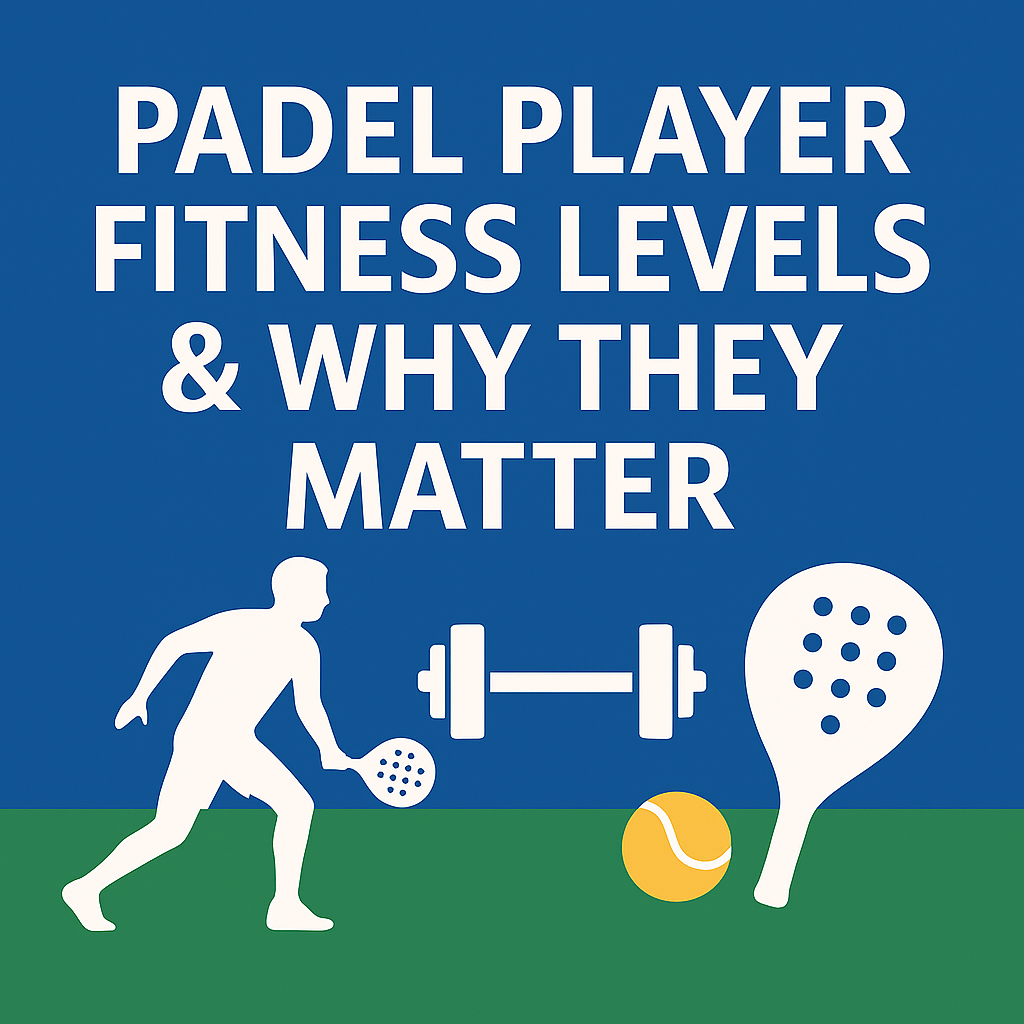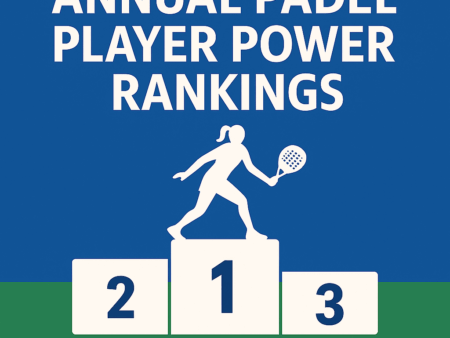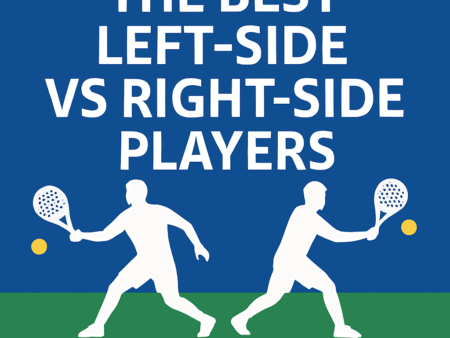
Fitness is one of the most underrated yet decisive factors in professional padel. While fans focus on smashes, volleys, and shotmaking, elite players know that conditioning, recovery, and physical endurance decide matches, especially in long rallies or outdoor conditions.
This page explains the key fitness components in padel, how they influence performance, how to analyse player fitness, and how fitness levels directly impact betting decisions.
🟦 Why Fitness Matters in Padel
Padel combines:
- Tennis-style explosiveness
- Squash-like endurance
- Football-style agility
At the pro level, fitness determines:
- Rally length control
- Overhead consistency late in matches
- Ability to recover from defensive positions
- Decision-making under fatigue
- Smash power in long rounds
A fitter team almost always wins late in a match.
🟩 The 6 Key Fitness Components in Padel
Top players excel in these areas:
1. Endurance (Stamina)
Padel rallies are long — 10, 20, even 40+ shots.
Strong stamina means:
- Maintaining intensity into the third set
- Fewer unforced errors late in points
- More consistent overheads
Weak stamina means tactical collapse.
2. Explosive Power
Required for:
- Smashes
- Direction changes
- Quick accelerations at the net
Players with explosive legs can generate:
- Kick smashes
- 3m/4m exits
- Firm volleys under pressure
3. Agility & Footwork
Padel is constant micro-movement.
Elite footwork ensures:
- Quick recovery steps
- Smooth transitions
- Efficient corner defense
Weak footwork → late contact → errors.
4. Core Strength & Stability
Vital for:
- Bandeja control
- Defensive resets
- Accurate chiquitas
- Balanced volleys
A strong core means consistent overheads.
5. Shoulder & Arm Conditioning
Padel overheads place heavy strain on shoulders.
Fatigue leads to:
- Missed smashes
- Weak bandejas
- Poor decision-making
Strong upper bodies = strong overhead reliability.
6. Recovery & Injury Prevention
Long tournaments require recovery between matches.
Signs of strong recovery:
- High energy in back-to-back matches
- Consistent smash power
- No stiffness in movement
Poor recovery shows up quickly in multi-day events.
🟨 Signs a Player Is in Great Physical Shape
Look for:
- Fast movement from the first point
- Deep lobs even late in sets
- Clean overheads after long rallies
- Sharp defensive resets
- Low unforced error count
These indicators matter more than rankings.
🟧 Signs a Player Lacks Fitness
Warning signs include:
- Heavy breathing early
- Reduced smash power late in matches
- Slow recovery to neutral positions
- Missed lobs or short chiquitas
- Poor footwork in defensive corners
- Shoulder taping or restricted movement
Fatigue causes collapse in padel faster than in tennis.
🟫 Indoor vs Outdoor Fitness Demands
Indoors:
- Higher tempo
- More explosive rallies
- Less endurance required
- More power & reflex-based play
Fitter players dominate indoors with high intensity.
Outdoors:
- Longer rallies
- Lower pace
- Wind affects overheads → more running & repositioning
- Greater stamina needed
Outdoors exposes weak fitness brutally.
🟥 Older vs Younger Players — Fitness Trends
Older players:
- More tactical & experienced
- Stronger positioning
- Weaker explosiveness & recovery
Younger players:
- More athletic
- Better jump height for smashes
- Fatigue-resistant
- Less tactically polished
Fitness influences style matchups.
🟦 Injury Considerations
Players coming back from injury tend to:
- Play more defensive
- Reduce smash attempts
- Avoid long rallies
Always check:
- Knee & hip mobility (footwork)
- Shoulder rotation (overheads)
- Ankle support (movement speed)
🟩 How to Analyse Fitness When Predicting Matches
Ask these questions:
✔ How did the player look in their last match?
Slow movement? Heavy breathing? Clean recovery?
✔ Did they just play a long 3-set match?
Fatigue carries over to the next round.
✔ Are they playing doubles with a high-workload partner?
The partner’s style influences physical strain.
✔ Are conditions slow or windy?
Slow = more stamina required.
✔ Has the player recently returned from injury?
If yes, avoid backing them as favourites.
🟨 Fitness Impact on Betting Markets
Fitness has huge influence on:
1. Over/Under Totals
Fitter teams win more long rallies → match goes over.
2. Deciding Sets
Fatigue determines 3rd-set performance.
3. Live Betting
Signs of fatigue mid-match create golden opportunities.
4. Handicap Lines
Physically strong teams cover -games lines more reliably.
🟧 Quick Fitness Ranking System (1–5)
Rate each fitness component:
- Endurance
- Explosiveness
- Footwork
- Overhead stamina
- Recovery
Score Guide:
- 22–25: Exceptional fitness
- 17–21: Strong
- 12–16: Average
- 8–11: Concerning
- <8: Poor fitness — avoid betting on
🟫 Summary
Fitness influences:
- Performance in long rallies
- Overhead quality
- Defensive play
- Match momentum
- Betting value
Players with superior fitness win:
- Longer matches
- Outdoor battles
- Third sets
Understanding fitness levels is essential for predicting elite padel outcomes.
Next: Page 8 — The Best Left-Side vs Right-Side Players.


